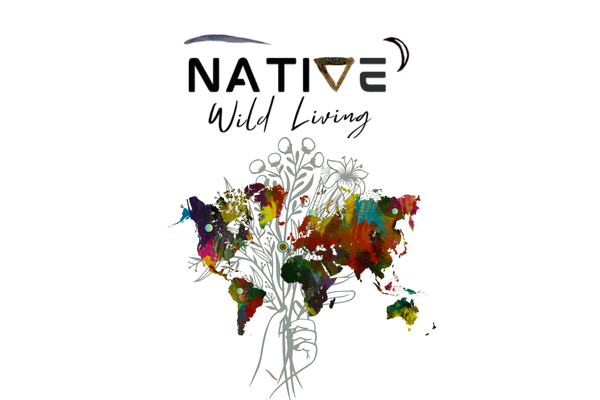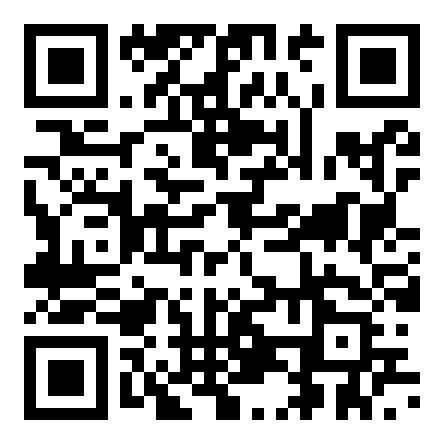Click Here:
Guardians of the Argan Forest
A Regenerative Roadmap and Practical Guide for Cooperative Legacy™
Book, May, 2025
Abstract
This study presents a participatory diagnostic of three Moroccan argan oil cooperatives—Tighanimine, Timgharine, and Bio.IDG, conducted through ethnobotanical fieldwork, structured surveys, interviews, and direct observation. While the cooperatives differ in maturity, geography, and operational capacity, they face common challenges in governance, financial transparency, quality control, intergenerational knowledge, retention, and ecological resilience. Using a mixed-methods approach, this research assessed eleven (11) key performance indicators (KPIs) including member engagement, management structures, traceability, and regenerative practices. Findings reveal strong traditional knowledge systems and member loyalty, but also persistent gaps in youth participation, digital literacy, and market access.
One enduring insight emerged from the field: sustainability cannot be sustained by technical systems alone. It must grow from the roots of cultural memory, ancestral wisdom, and lived tradition, where operational strength is matched by the spirit of community and legacy.
In response, this guide introduces the Cooperative Legacy Blueprint™, a regenerative planning model that integrates cultural identity, ecological stewardship, and cooperative development. Rather than a fixed framework, the Blueprint serves as a flexible roadmap for cooperatives navigating climate stress, commercialization, and social change.
By aligning performance metrics with ancestral knowledge and regenerative goals, this research contributes a replicable, values-driven model for sustainable enterprise development, one that can inspire future policy, education, and funding approaches aimed at biocultural resilience worldwide.
The Cooperative Legacy Blueprint™ is more than a reflection of the past. It is a living, forward-looking tool that helps cooperatives across the world understand who they are, what they value, and where they are going. At its core, cooperative legacy mapping helps identify and preserve the cultural, ecological, and entrepreneurial foundations that define a cooperative’s identity. It reveals the often-unseen threads that connect generations, past, present, and future, in pursuit of shared purpose.
For cooperatives in all sectors, from agriculture to artisanship, from regenerative land use to mutual aid, from rural traditions to urban innovation, The Cooperative Legacy Blueprint™ strengthens collective identity, clarifies vision, and offers a practical pathway to transfer knowledge, values, and leadership across generations. In doing so, it safeguards the cooperative’s unique character while allowing it to grow in ways that are inclusive, adaptable, and deeply rooted.
For members of a cooperative, a Legacy Mapping blueprint is more than a tool, it is a powerful act of belonging. It honors personal contributions, invites diverse voices, and reinforces each member’s role in shaping the future. Whether in a forest village, a coastal community, or a city-based social enterprise, this practice transforms legacy into leadership. It empowers members to see themselves not only as participants, but as co-creators of a living system that reflects care, continuity, and community.
Reflective Question:
What legacy are we creating today, and how will it empower the next generation to carry our vision forward with purpose, pride, and possibility?

